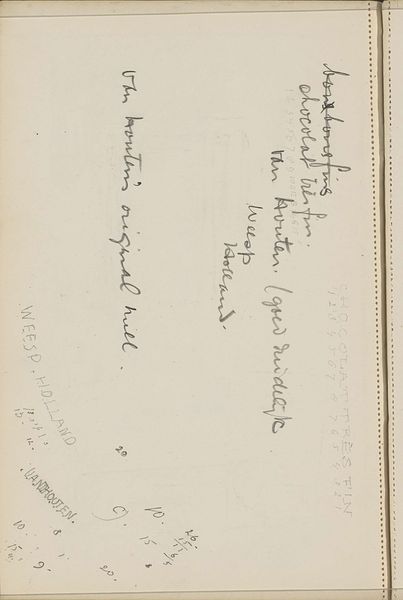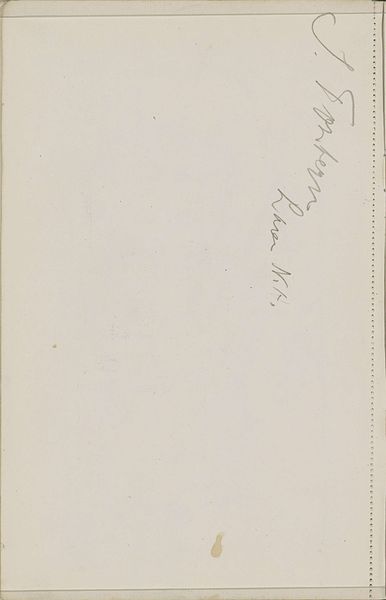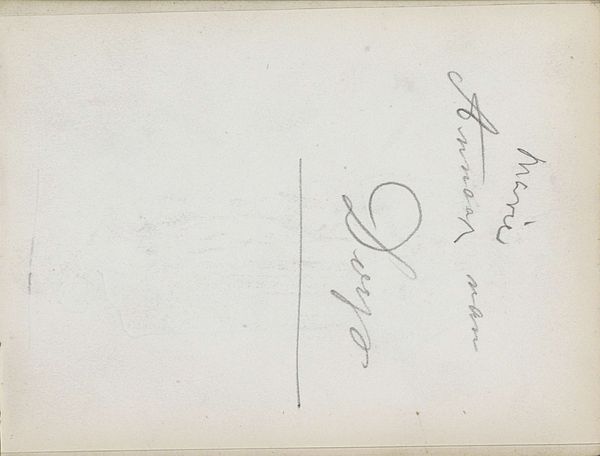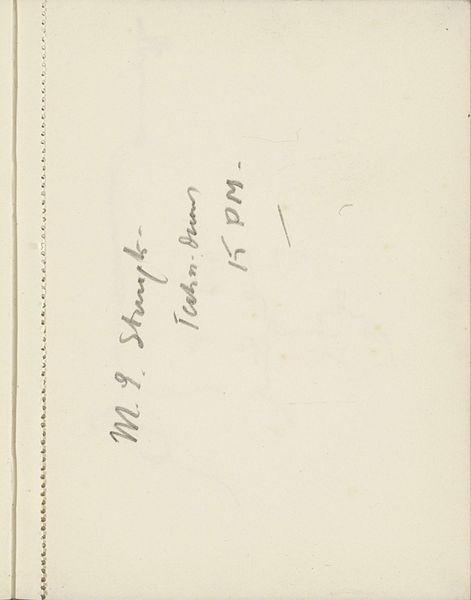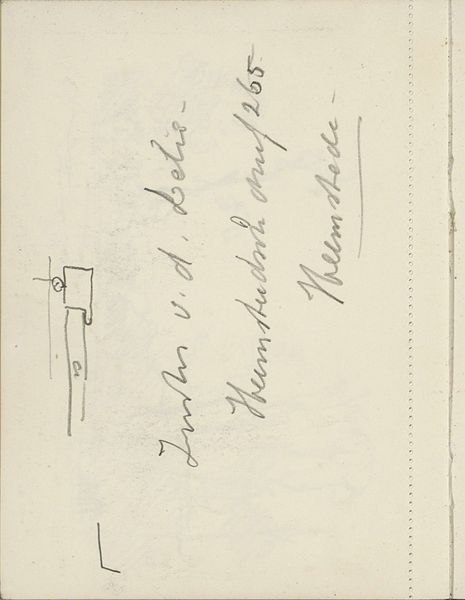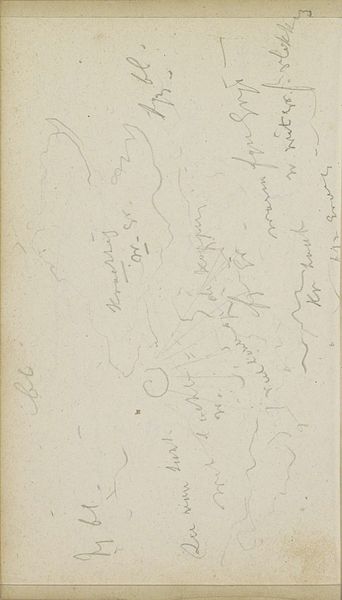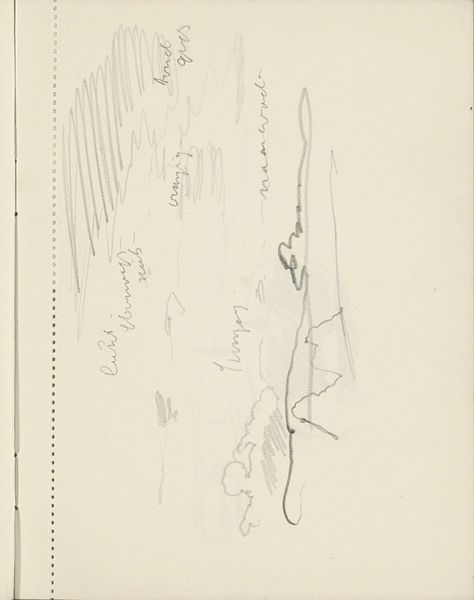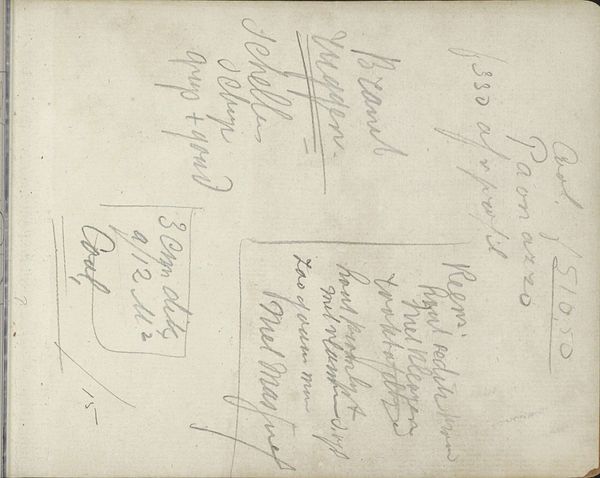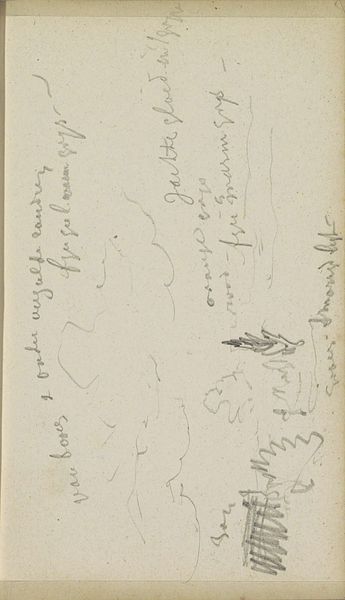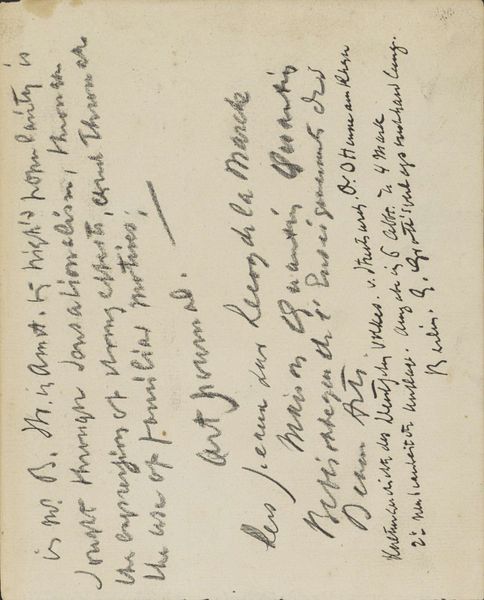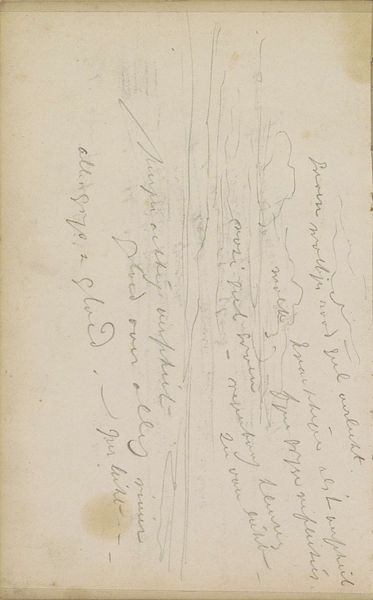
drawing, paper, graphite
#
drawing
#
paper
#
abstraction
#
line
#
graphite
Copyright: Rijks Museum: Open Domain
Curator: Editor: Here we have "Signatuur" by Reijer Stolk, made sometime between 1906 and 1945. It's a drawing in graphite on paper, currently at the Rijksmuseum. I'm immediately struck by the abstract quality – it seems to be multiple repetitions of what might be a signature. What’s your take on this? Curator: This work is fascinating because it forces us to confront the materiality of artistic creation. We have graphite, a relatively inexpensive material, applied to paper, likely mass-produced. The repeated signature gestures point to a process of production – almost a factory line of authorship. Does this mass-production lessen the individual’s artistry? Editor: So, you're saying the work questions the romantic idea of the singular, inspired artist through its very method of production? It makes me think about forgeries, maybe? Or practice, like practicing signing your name over and over again. Curator: Precisely! Think about the labor involved in creating such a piece, even a seemingly simple one. The repetitive motion, the pressure applied to the graphite, the wear and tear on the paper. Also, the potential implications regarding value and authenticity become interesting, because this is held in a Museum collection as high art, but could have been from simple labor. Editor: That's a perspective I hadn't considered. Seeing the artistic process itself as a form of commentary on the art market, and on labor itself… Curator: Yes, consider the social context. This piece emerges during a time when industrialization and mass production were transforming society. Does Stolk intend to critique, or embrace, the changes? Does the seemingly simple medium suggest comment on more grandiose work? Editor: So, beyond just being a drawing, this piece speaks volumes about art making in the modern world, and the context that informs it. Curator: Absolutely. It’s a testament to how the materials and means of production shape the artwork’s meaning, far beyond aesthetic considerations alone. Editor: Thanks, I will never look at another simple line the same way!
Comments
No comments
Be the first to comment and join the conversation on the ultimate creative platform.
